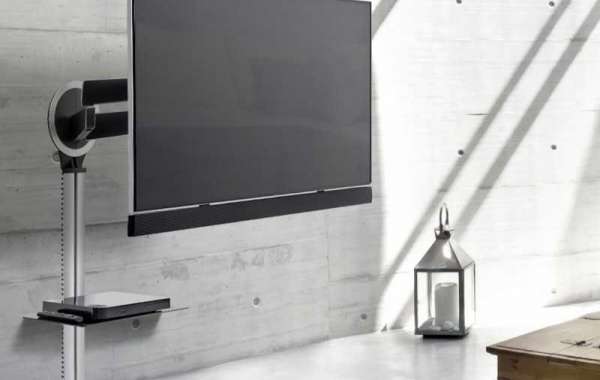This year the Samsung QLED range will consist of the usual series 9, 8, 7 and 6. Its name for 2019 will be Q90R, Q80R, Q70R, and Q60R. To these models, which are those that usually form the range, the new Q85R and the Q900R model with 8K resolution are added.
But we will talk about all of them in their respective articles. Today we want to review, in general, what new features include the Samsung QLED of 2019. Among them, we have a new Direct Full Array system for the most top models, a powerful processor with Artificial Intelligence, compatibility with AirPlay 2 and Alexa, special improvements for gaming and support for HDR10 +. Of all this, we will talk in-depth to try to glimpse if this year Samsung QLED TVs have important developments or are only a small improvement over their predecessors.
NEW QUANTUM PROCESSOR
When a manufacturer launches a new range of televisions we always expect an improvement in image quality. But the truth is that we have reached a point where the image quality is at a very high level. Of course, there will always be a small margin for improvement in very specific aspects.
Features of the Samsung QLED TVs of 2019 processor
One more year Samsung maintains its commitment to continue squeezing the LED panels. So one way to get more image quality is to improve the processor. The new Quantum Processor for the 2019 Samsung QLED TVs is based on the Q processor introduced in the 2018 QLED models. This year it has been updated to control four key functions of the new models: AI scaling, sound, mode Environment, and intelligent functions.
IMAGE SCALED WITH AI
Artificial Intelligence takes a leading role in this year's image processor. The Korean manufacturer bases AI on Machine Learning Super Resolution (MLSR), a machine learning system that evaluates millions of high and low-resolution images. High-quality images are used to create low-quality versions, simulating the content we receive through, for example, the terrestrial antenna. What it does is to degrade the resolution, add noise, blur and compression/decompression cycles at various levels to induce artifacts.
Features of the 2019 Samsung QLED TVs for AI scaling
Then, compare the high and low-resolution images of the same objects and textures, coding the differences as “core learning coefficients”. Given that video is much more complex and heavy than audio or photographs, it cannot be processed in the cloud. So Samsung has incorporated these coefficients into the TV processor for fast and local access to the scaling process. These coefficients also include tone mapping instructions to maintain ideal contrast levels, as well as light and shadow differentiation to optimize HDR image quality for that particular object.
The high and low-resolution versions are compared to develop methods to better restore low-resolution images at higher fidelity. The result is a set of "formulas" or algorithms with assignments to each detected class of an image, including its resolution. These formulas are assembled in a database that is embedded in the television price in Bangladesh.
Tag:














